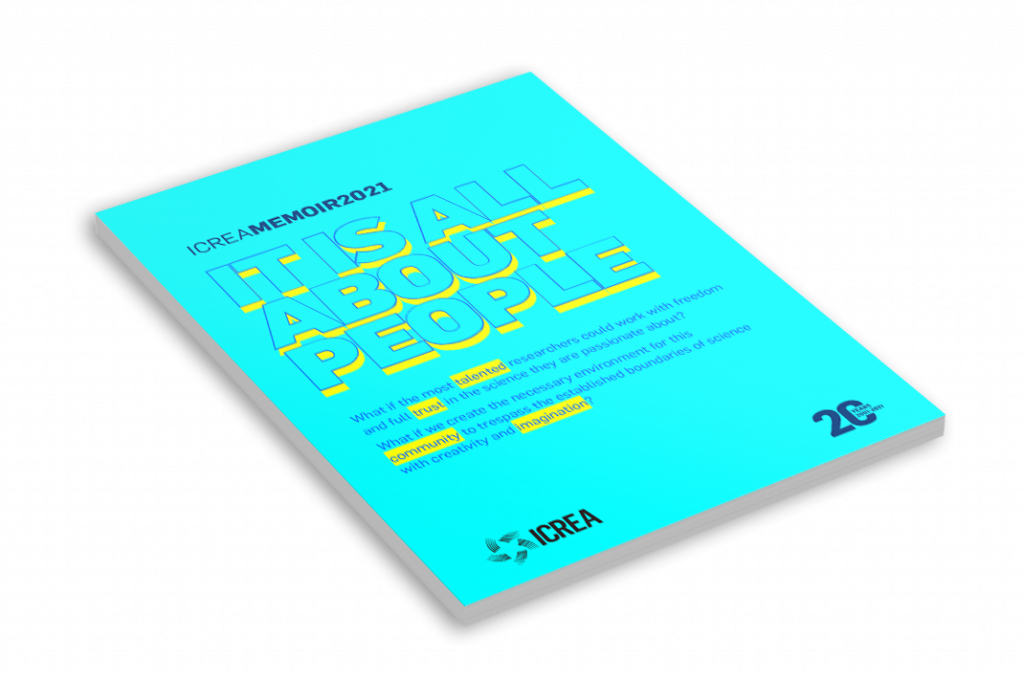Can pupils dilate with light? they usually do the opposite, as they are intended to adjust to the ambient light intensity. That is why a common test performed by eye doctors to examine the optic nerve and retina, or in ophthalmological shops to evaluate visual performance, requires to dilate the pupil with a drug. But pupil dilation is annoying, as it causes blurry vision, increased light sensitivity, and increased ocular pressure long after the test.
A common way to induce pupil dilation is to use agonists of adrenoceptors, proteins that are expressed on the iris dilator muscle, but also in almost any organ and tissue of the human body, where they regulate important physiological functions such as heart and respiratory rate, digestion, vascular tone, and gland secretion, besides pupil diameter.
These receptors can now be “turned on and off” locally using a set of photoswitchable molecules that we called “adrenoswitches.” These compounds enable remote control over a variety of physiological functions simply using illumination. And the eye offers a perfect window to demonstrate it. Eye-dilating agents (mydriatics) are used in several ophthalmic procedures. However, post-exam pupil dilation can impede simple everyday tasks like driving or reading for several hours. In order to avoid that, we envisaged a drug that would dilate the pupil only during the examination, and then be deactivated as soon as the lights went off.
When tested in blind mice, whose pupils do not respond to illumination, adrenoswitch-1 evoked a pupil dilation that reversed upon removal of the activating light source. In wild type animals, it inhibited the pupil contraction reflex when this was induced by violet light.

